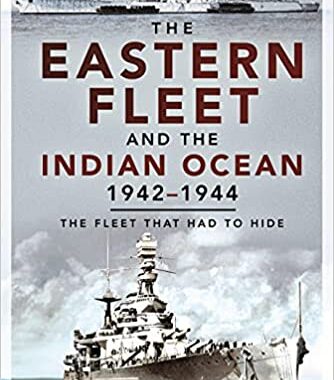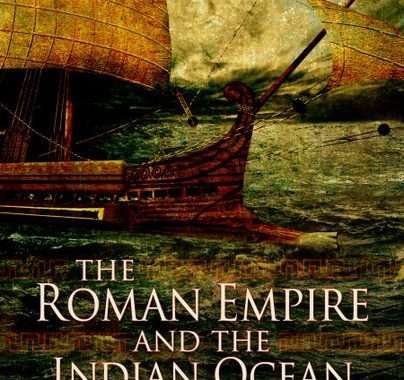The Eastern Fleet and the Indian Ocean, 1942-1944: The Fleet that Had to Hide
Reviewed by Charles C. Kolb, PhD Charles Stephenson is the author of previous works on naval and siege warfare and the history of fortifications, with four volumes in print: The Fortifications of Malta 1530-1945 (Fortress 16, Oxford: Osprey Publishing, 2004, 2010); The Admiral’s Secret Weapon: Lord Dundonald and the Origins of Chemical Warfare (Woodbridge: Boydell Press, 2006);




